Jasarum G.S. Bunting
Araceae
Aponogeton, Crinum, Cryptocoryne, Cyperus, Damasonium, Echinodorus, Sagittaria, Triglochin
endemicendemic:
(adj) restricted to a certain geographical location
 to Venezuela, Guyana
to Venezuela, Guyana
not currently cultivated
none
not weedy
submergedsubmerged:
(adj) (syn. submersed) under water; submerged below the water surface
 herb with emergentemergent:
herb with emergentemergent:
(adj) (syn. emersed) with parts raised out of the water; extending up out of the water
 inflorescences
inflorescences
Long-leaved aroid; Rhizomatousrhizomatous:
(adj) possessing rhizomes
 . Stems thick, unbranched or rarely branched. Leaves submergedsubmerged:
. Stems thick, unbranched or rarely branched. Leaves submergedsubmerged:
(adj) (syn. submersed) under water; submerged below the water surface
 ; petiolepetiole:
; petiolepetiole:
(n) the stalk of a leaf
 fleshy, sheath long; leaf bladeblade:
fleshy, sheath long; leaf bladeblade:
(n) (syn. lamina) the flat, expanded part of a leaf, frond, or petal (excluding, e.g., the petiole)
 linear, somewhat bullatebullate:
linear, somewhat bullatebullate:
(adj) having a pimpled or blistered surface
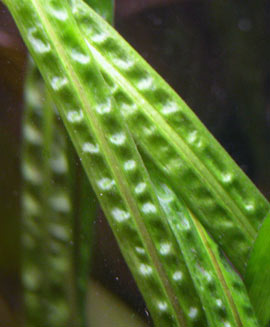 ; apexapex:
; apexapex:
(n) the point farthest from the point of attachment; the tip (often pointed)
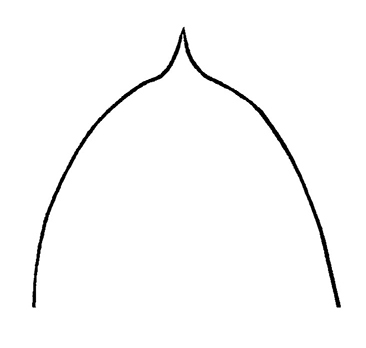 acute to cuspidatecuspidate:
acute to cuspidatecuspidate:
(adj) with a short, sharp, abrupt tip (cusp)
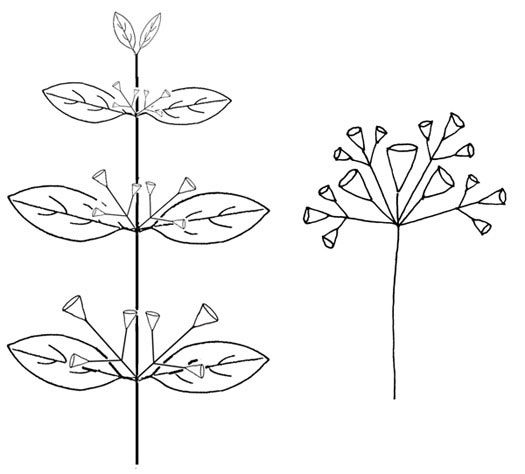 ; base cuneatecuneate:
; base cuneatecuneate:
(adj) wedge-shaped; triangular, with narrow end at the base
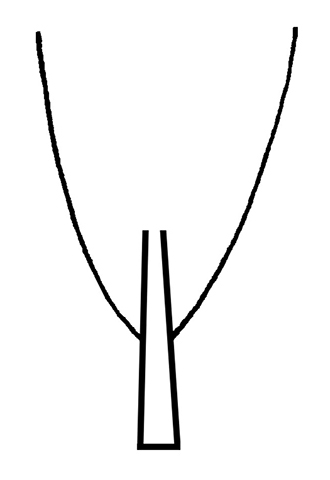 ; venationvenation:
; venationvenation:
(n) the arrangement of veins in a leaf
 reticulate, midribmidrib:
reticulate, midribmidrib:
(n) the main or central vein, line or rib in a leaf or perianth segment
 prominent, primary laterallateral:
prominent, primary laterallateral:
(adj) on or pertaining to the side of an organ or structure
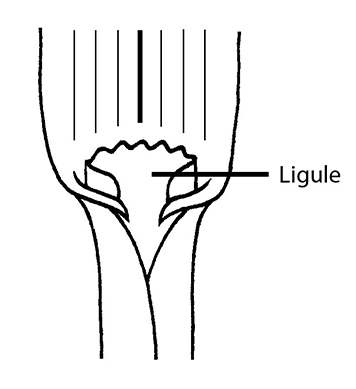 veins joined into submarginal collective vein. Inflorescenceinflorescence:
veins joined into submarginal collective vein. Inflorescenceinflorescence:
(n) the arrangement of flowers on the floral axis
 a solitary spathespathe:
a solitary spathespathe:
(n) a large bract or bracts subtending and often enclosing an inflorescence
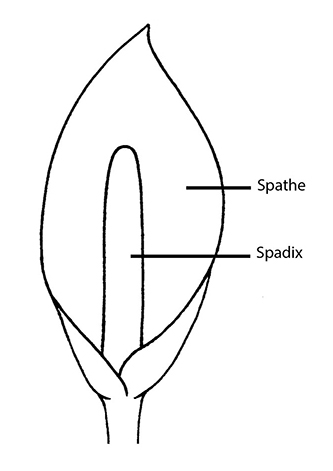 and spadixspadix:
and spadixspadix:
(n) a spike of small flowers borne on a thick, fleshy axis
 ; spathespathe:
; spathespathe:
(n) a large bract or bracts subtending and often enclosing an inflorescence
 erect, constricted between tube and limblimb:
erect, constricted between tube and limblimb:
(n) the expanded portion of a petal or bract (e.g., a spathe)
 , tube convoluteconvolute:
, tube convoluteconvolute:
(adj) rolled up or rolled together longitudinally, as leaves or petals in bud
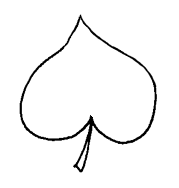 , persistentpersistent:
, persistentpersistent:
(adj) (of leaves etc,) remaining attached; not being dropped or falling off
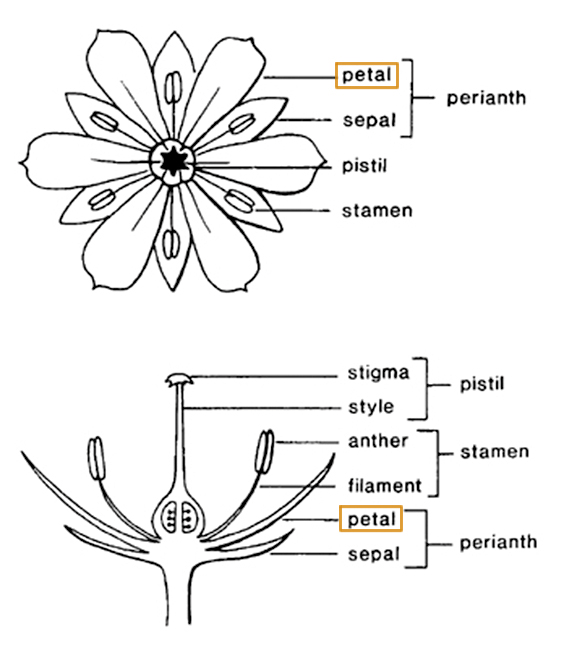 , limblimb:
, limblimb:
(n) the expanded portion of a petal or bract (e.g., a spathe)
 open, apexapex:
open, apexapex:
(n) the point farthest from the point of attachment; the tip (often pointed)
 long-acuminate, never reflexedreflexed:
long-acuminate, never reflexedreflexed:
(adj) abruptly curved or bent downward
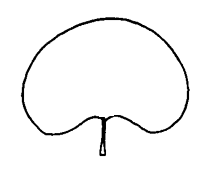 , bronze-green outside, cream inside; spadixspadix:
, bronze-green outside, cream inside; spadixspadix:
(n) a spike of small flowers borne on a thick, fleshy axis
 shorter than spathespathe:
shorter than spathespathe:
(n) a large bract or bracts subtending and often enclosing an inflorescence
 . Flowers lack a perianthperianth:
. Flowers lack a perianthperianth:
(n) collective term for the calyx and corolla of a flower; also used for floral whorl(s) in which the calyx and corolla cannot be resolved; any of the leaves or bracts surrounding the sex organs of bryophytes
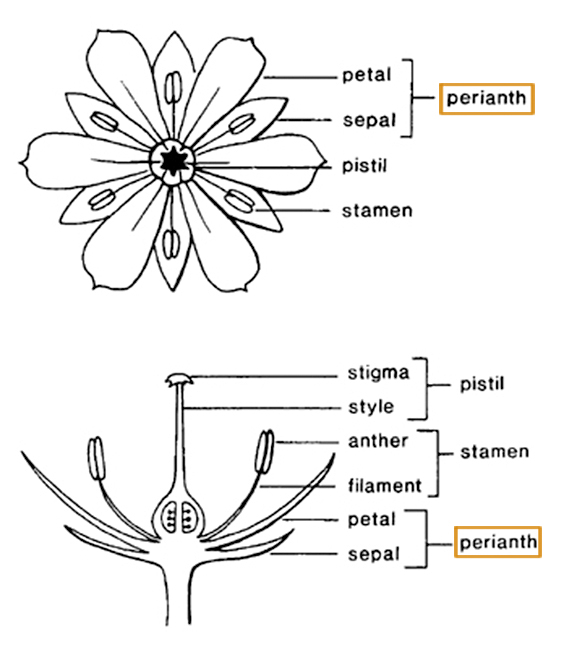 . Berry fleshy, subovoid, dull maroon-green, stigmastigma:
. Berry fleshy, subovoid, dull maroon-green, stigmastigma:
(n) the portion of the pistil that is receptive to pollen
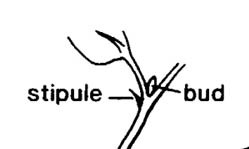 persistent.
persistent.
in oligotrophic (blackwater) streams, tropical uplands
A monotypicmonotypic:
(adj) represented by a single example (species)
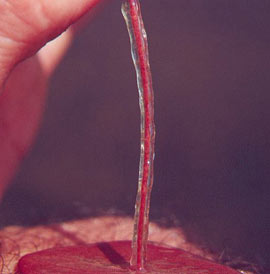 genus, Jasarum steyermarkii G.S. Bunting is the only fully submergedsubmerged:
genus, Jasarum steyermarkii G.S. Bunting is the only fully submergedsubmerged:
(adj) (syn. submersed) under water; submerged below the water surface
 (without any floating or emergentemergent:
(without any floating or emergentemergent:
(adj) (syn. emersed) with parts raised out of the water; extending up out of the water
 leaves) aquatic species in the family.
leaves) aquatic species in the family.